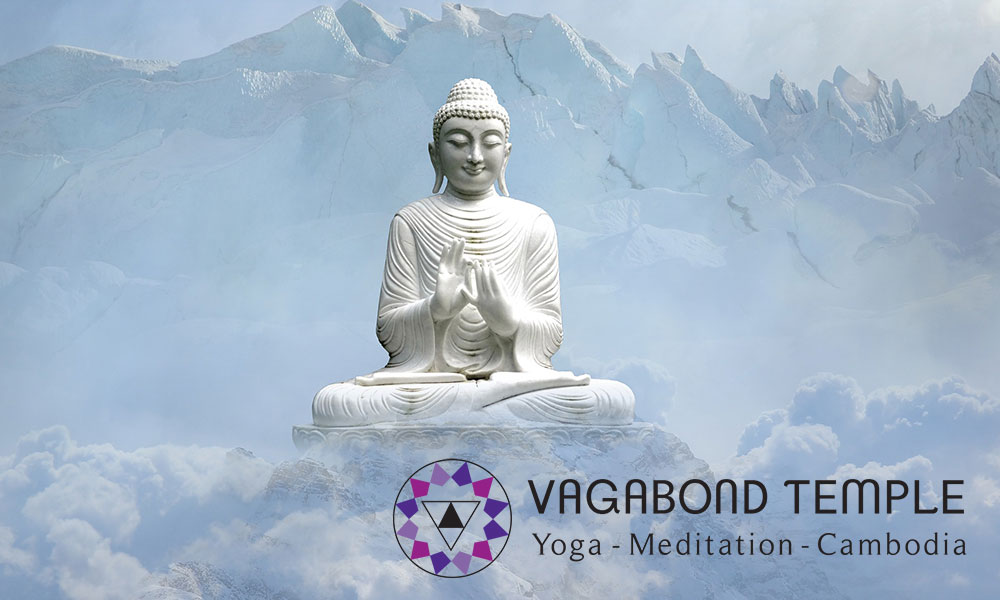Mindful or Full Mind?

‘Mindfulness’ is an ancient practice extremely current at this present moment in time. With mental health conditions on the up and a declining success rate of anti-depressants, we have an increasing urgency to remedy this epidemic. In Buddhism, the intrinsic cycle of human suffering is referred to as Samsara and not one of us is spared from it until attaining Enlightenment. Evidently much has changed since the times of the Buddha, however the simplicity of Mindfulness to relieve oneself from the myriad of tribulations that come with the human condition, certainly stands the test of time.
Mindfulness comes from the word ‘Sati’ in Pali, an ancient Indian dialect the Buddha taught in to include the lower castes of society who were not versed in Sanskrit. Mindfulness is referred to as ‘Smrti’ in Sanskrit which literally translates as ‘to remember’. A Buddhist text offers another perspective with this dharma talk account: the disciples had gathered in their hundreds waiting for the Buddha to speak, yet he uttered not one word and stood silently with a flower in his hand. It was a disappointment for all but one student who grasped the depth of his lesson. Buddha wanted his audience to see the flower in his hand; a metaphor for the present moment. If we continue to use this analogy, Mindfulness is the practice of remembering to pay attention and see ‘the flower’ right now.
So often our mind takes us away from the present moment and into a seductive fantasy about the future or past. Whether it be impatiently standing in a queue at the grocery store or counting days until the next holiday comes, we are perpetually caught in a loop of wishing to be anywhere but here. Through introducing Mindfulness into our seemingly mundane moments, the aliveness of being can emerge from the depths that it has been buried in by compulsive thinking.
Thich Nhat Hanh, a Vietnamese Zen monk, is a pioneer of peace who has dedicated his life to spreading the power of Mindfulness globally. The emphasis of his teaching is on integrating presence into our daily lives; eating, walking and talking with awareness. This poetic instruction of his for mindful walking certainly demonstrates an intimacy of the practice: “walk as if you are kissing the Earth with your feet.”
Mindfulness gifts us with the miracle of the present moment. If our minds are elsewhere, we are not open to the richness of existence. Presence cultivated with mindfulness is a magnetic force that has the power to radiate into the experience of others, so is not solely for the benefit of our selves. Through Mindfulness we gain an understanding of love; as Tibetan Buddhism teaches, the universe is made of love, so when we are present we can quiet the mind enough to tune into this fundamental life force.
Finally, it is very well to read about this term called ‘Mindfulness’ however, this is an experiential teaching that needs to be practiced in the present moment. Try it out for yourself right now; tune into your breathing and feel where your body meets your seat as you read these words. Is your body relaxed, agitated or numb right now? Is your mind beginning to travel to where you might go after you read this article or are you absorbing each word as your eyes scan the screen? Whatever that is arising is perfectly fine, just remember, as the Buddha presented his students, to see the ‘flower’ in every moment you can.



